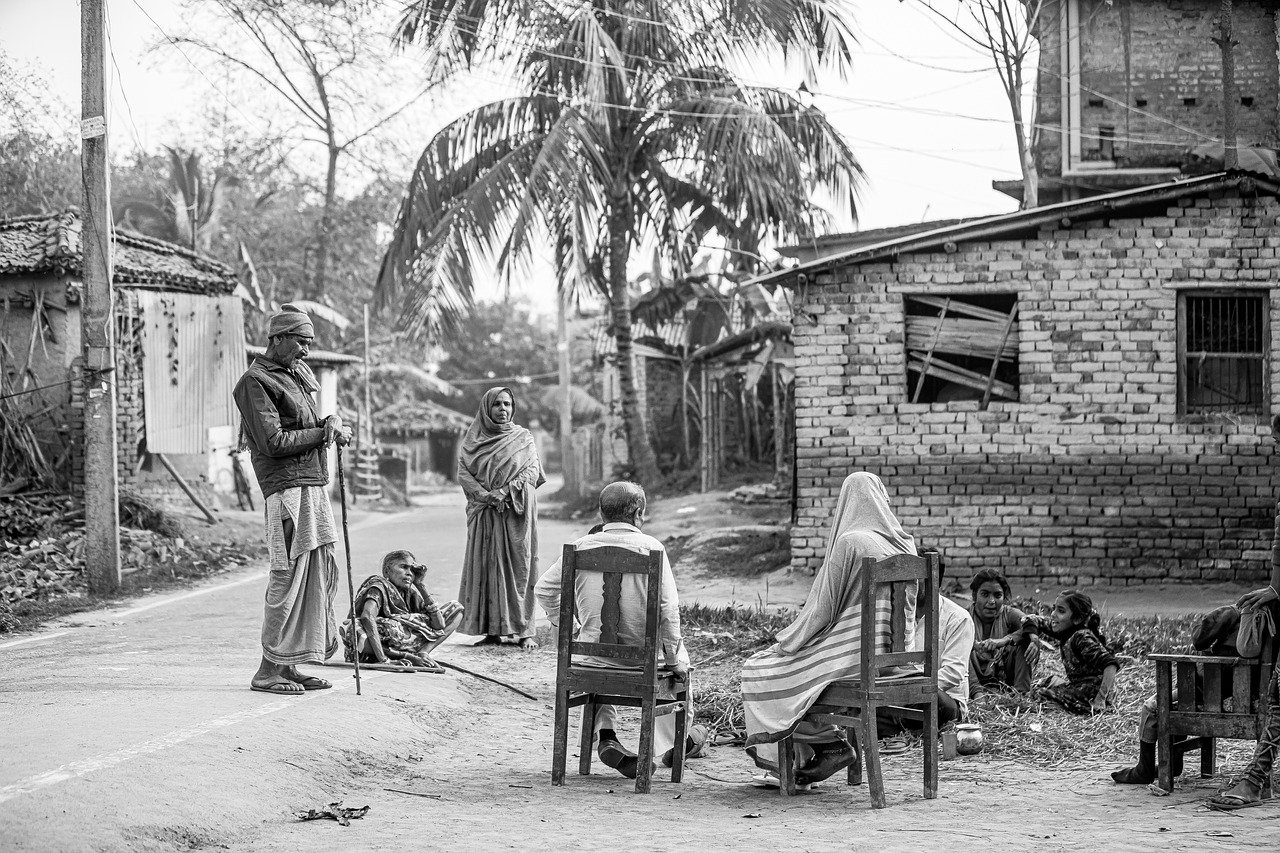Voter Suppression Tactics: Past, Present, and Future
Voter suppression tactics have been a prominent issue in democracies around the world for centuries. From the Jim Crow laws in the United States to modern-day voter ID laws and gerrymandering, efforts to restrict and disenfranchise certain groups of voters have taken many forms throughout history.
Historical Context
In the United States, voter suppression has been intertwined with the country’s history of slavery and racial discrimination. Following the Civil War, the Reconstruction era saw the passage of constitutional amendments granting voting rights to African Americans. However, these rights were quickly eroded through the implementation of poll taxes, literacy tests, and other discriminatory practices aimed at preventing black Americans from voting.
One of the most infamous examples of voter suppression in the United States is the Jim Crow laws, which enforced racial segregation and disenfranchisement of African American voters in the South. These laws were in effect from the late 19th century until the Civil Rights Movement of the 1960s successfully dismantled them.
Modern Tactics
While the overtly discriminatory practices of the past have been largely eliminated, voter suppression tactics continue to persist in more subtle forms. One common tactic is the implementation of voter ID laws, which require voters to present specific forms of identification before casting their ballots. Proponents argue that these laws are necessary to prevent voter fraud, while critics contend that they disproportionately affect minority and low-income voters who may not have access to the required identification.
Gerrymandering is another form of voter suppression that involves manipulating electoral district boundaries to favor a particular political party. By redrawing district lines to concentrate or dilute the voting power of certain groups, politicians can effectively disenfranchise voters and maintain their hold on power.
Future Challenges
As technology continues to advance, new challenges to voting rights are emerging. Cybersecurity threats, such as hacking and misinformation campaigns, pose a significant risk to the integrity of elections. Ensuring that voting systems are secure and reliable will be crucial in safeguarding the democratic process.
Another growing concern is the impact of social media on voter behavior. The spread of misinformation and targeted disinformation campaigns can manipulate public opinion and suppress voter turnout. Educating voters on how to identify and counter these tactics will be essential in preserving the integrity of elections.
Conclusion
Voter suppression tactics have a long and troubling history, but efforts to combat them continue to evolve. By remaining vigilant and informed, we can work towards a more inclusive and equitable democracy for all citizens.
FAQs
Q: What are some common voter suppression tactics?
A: Some common voter suppression tactics include voter ID laws, gerrymandering, purging voter rolls, and reducing polling locations in minority neighborhoods.
Q: How can individuals combat voter suppression?
A: Individuals can combat voter suppression by registering to vote, staying informed about their rights, and supporting organizations that work to protect voting rights.
Q: What is the role of the government in preventing voter suppression?
A: The government plays a crucial role in preventing voter suppression by enacting and enforcing laws that protect voting rights, ensuring that elections are free and fair, and investing in secure voting infrastructure.







